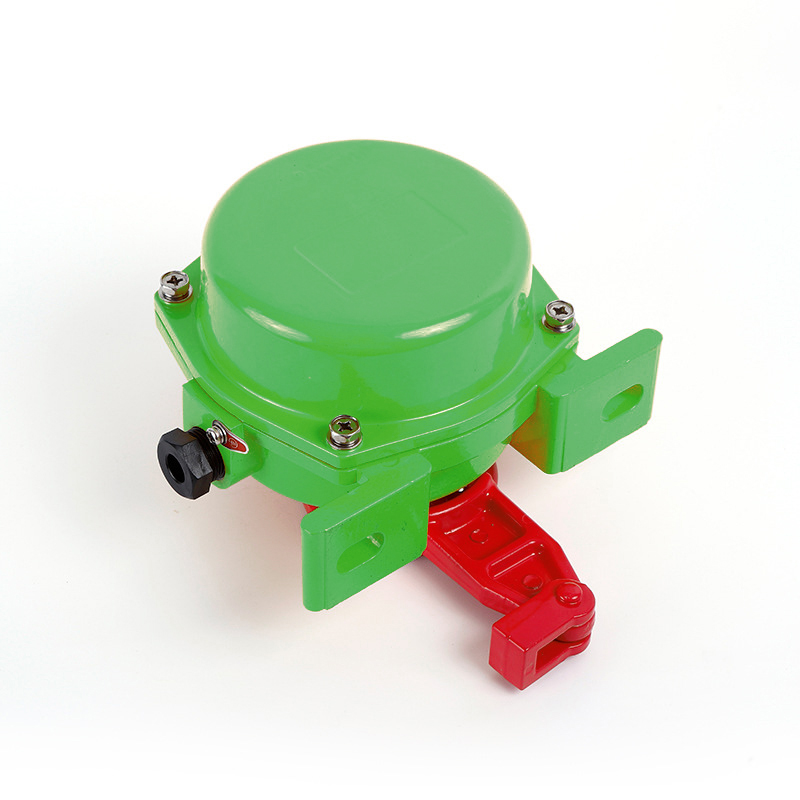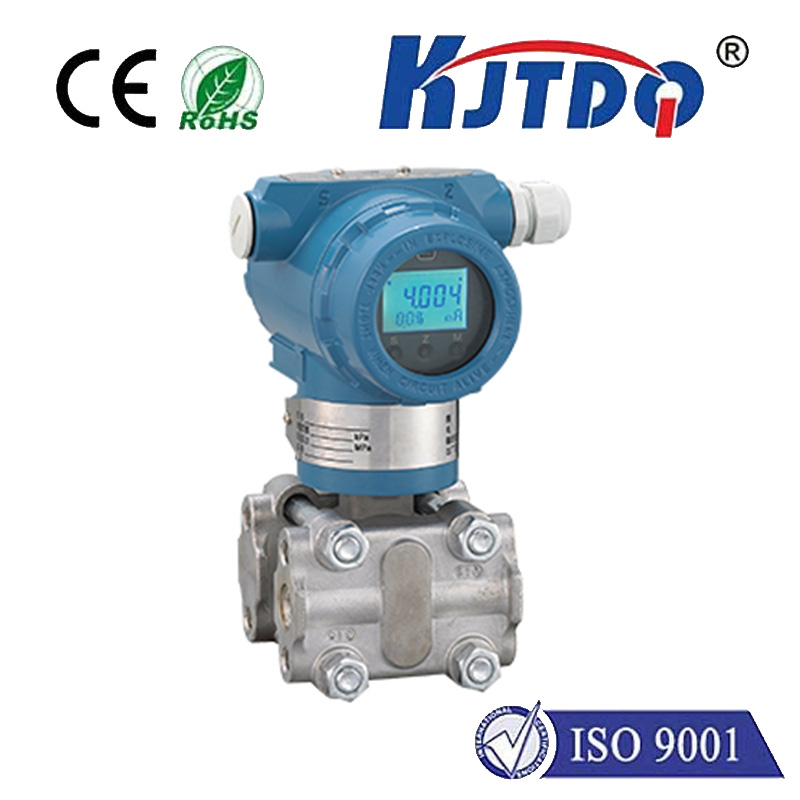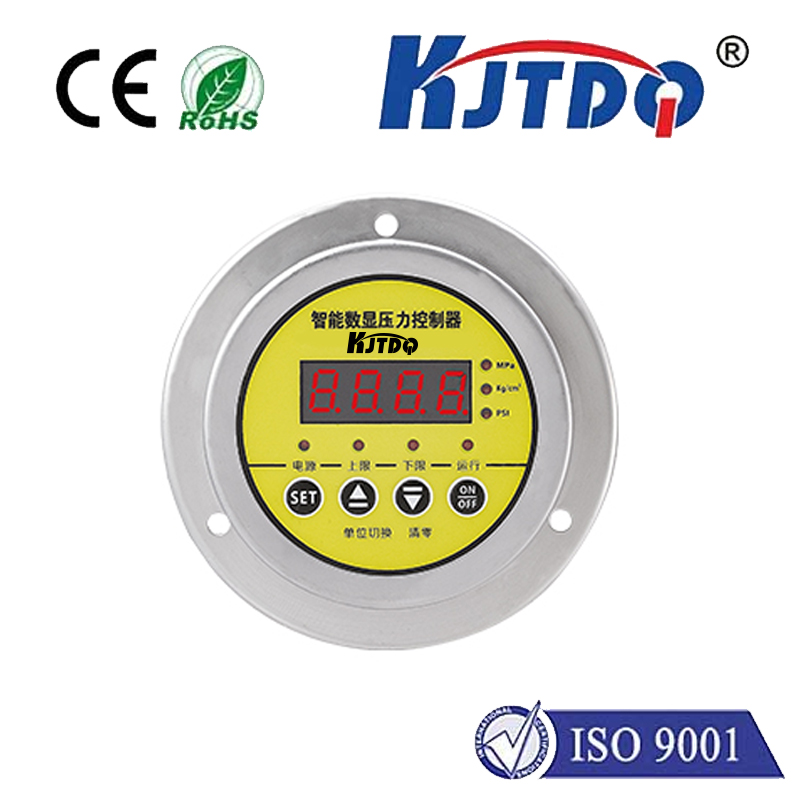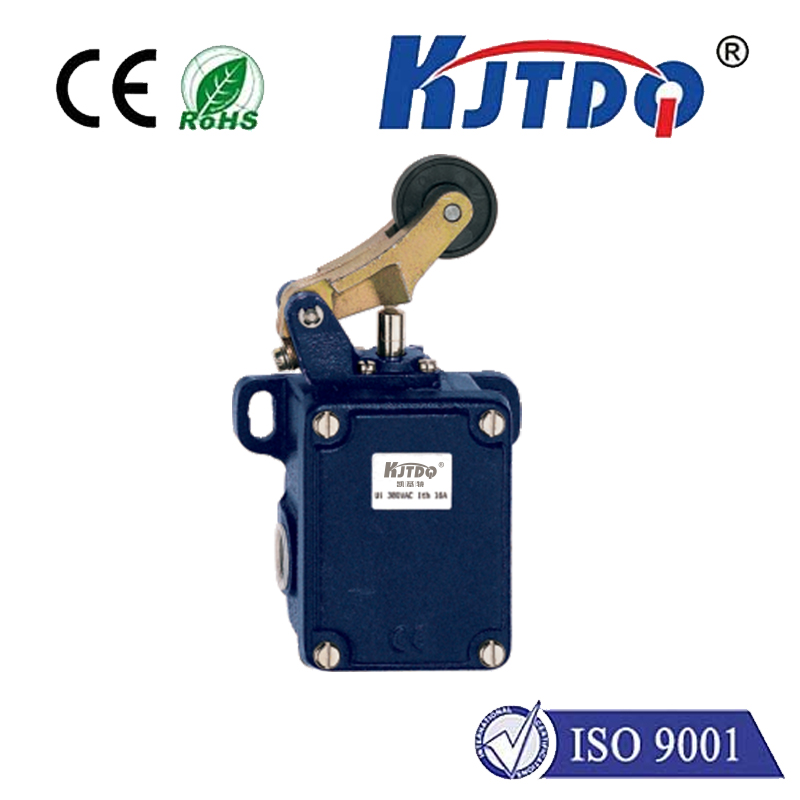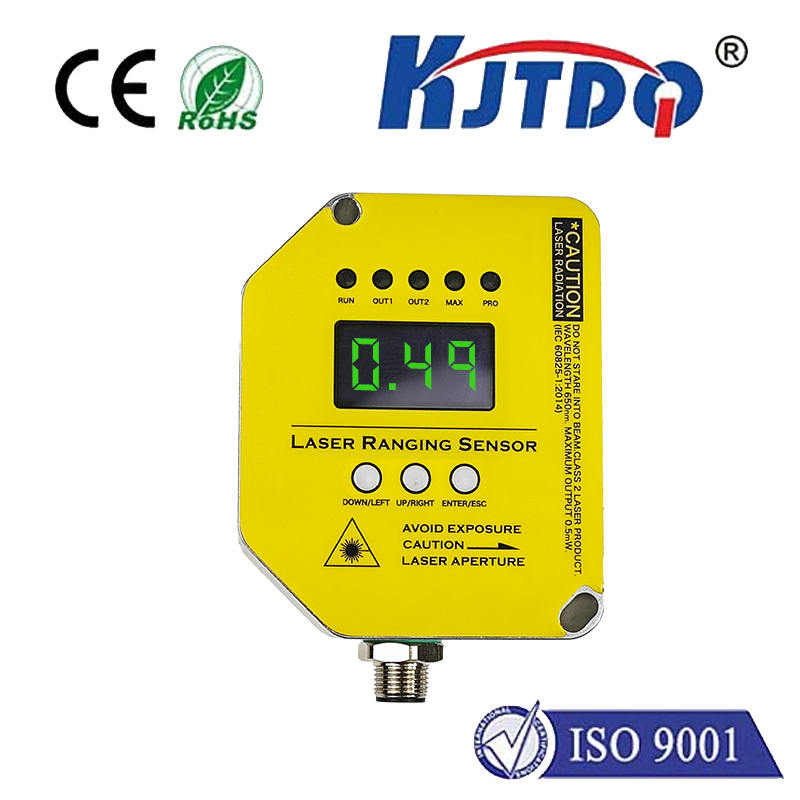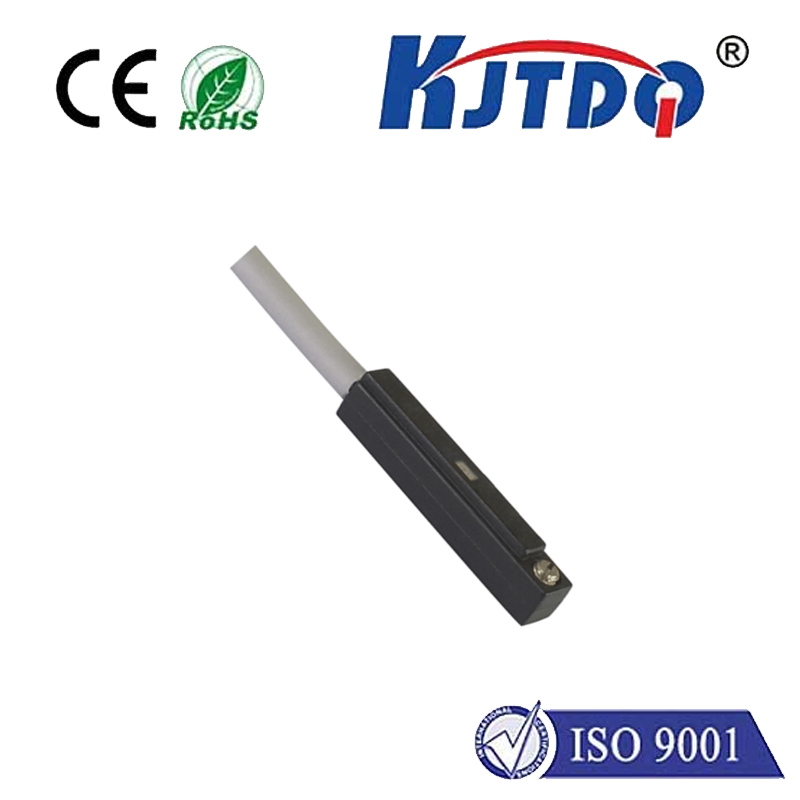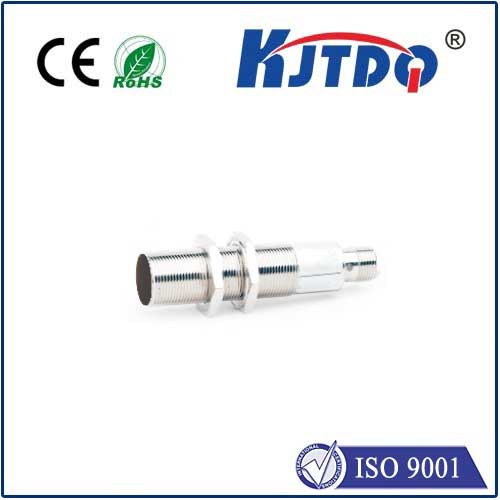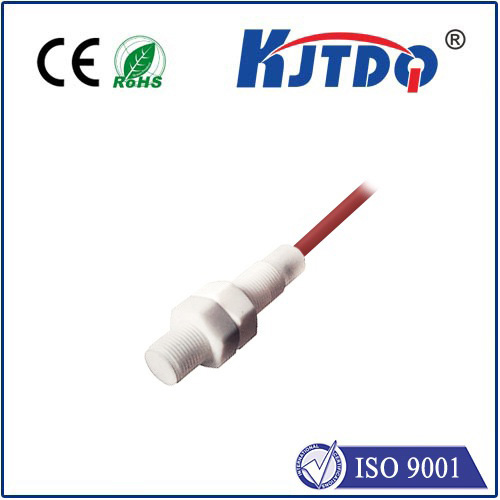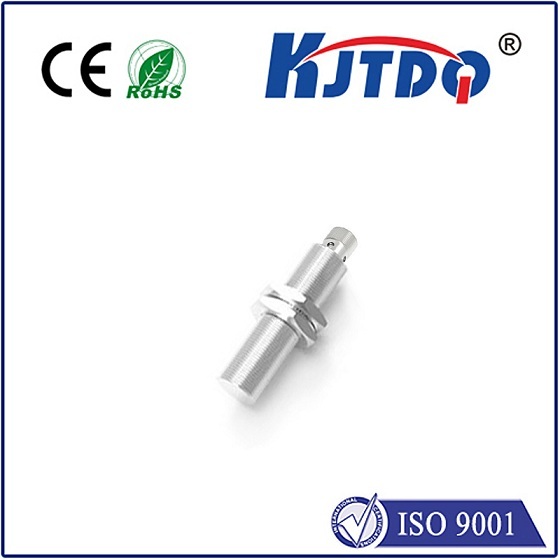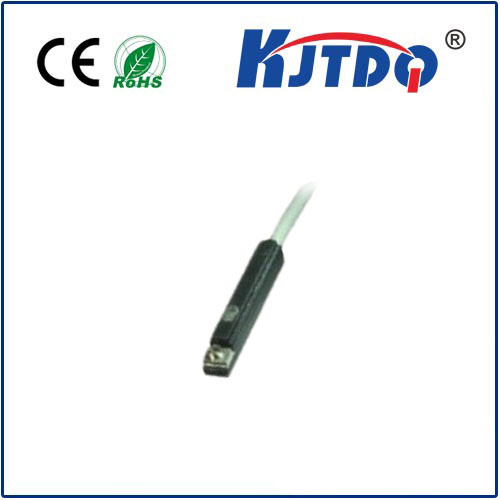

check

check

check

check

check

check

check

check

check

check
Photoelectric sensors, also known as optical sensors, have become an integral part of modern technology. Their ability to detect changes in light intensity and convert them into electrical signals has made them a popular choice for various applications. In this article, we will explore the different types of photoelectric sensors and their uses.
Types of Photoelectric Sensors
There are two main types of photoelectric sensors: active and passive. Active sensors use a light source, such as an LED or laser diode, to illuminate the target object. Passive sensors, on the other hand, rely on external light sources, such as sunlight or artificial lighting, to detect changes in light intensity. Both types of sensors can be further classified based on their operating principles, including reflection, transmission, and proximity.

Applications of Photoelectric Sensors
Photoelectric sensors are widely used in industries such as manufacturing, automotive, and healthcare. In manufacturing, they are commonly used for quality control purposes, such as detecting defects in products during production. In the automotive industry, they are used for safety features like automatic door locks and airbag deployment systems. In healthcare, they are used for medical diagnostics, such as blood glucose monitoring and pulse oximetry.
Advantages of Photoelectric Sensors
One of the main advantages of photoelectric sensors is their non-contact nature, which makes them ideal for applications where physical contact with the target object is not possible or desirable. They are also highly accurate and reliable, with fast response times that enable real-time monitoring and control. Additionally, photoelectric sensors are relatively low-cost and easy to install, making them a cost-effective solution for many applications.
Conclusion
In conclusion, photoelectric sensors are versatile devices that have found numerous applications across various industries due to their accuracy, reliability, and non-contact nature. As technology continues to advance, it is likely that we will see even more innovative uses for these sensors in the future.
